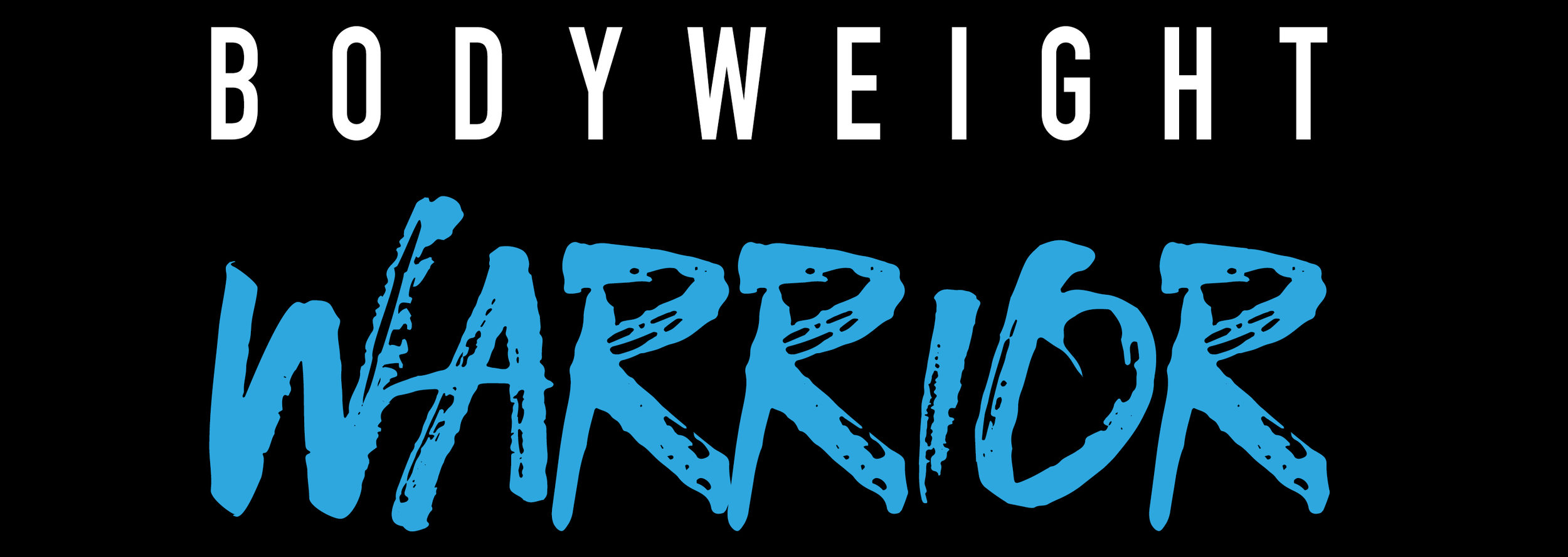Oura Ring Review & How I Use It
The Oura ring is by far one of my favourite tools when it comes to assessing my recovery from training. This blog post is based on the past 14 months using the Oura Ring every day to assess my recovery, sleep and health. There are a couple of main reasons why I chose to use it:
All in one - Prior to the Oura ring I would track my sleep and heart rate variability independently using different apps and a clunky chest strap heart rate monitor. Whilst this did the job, it wasn’t the most streamlined process and took around 15 minutes each morning.
No Extra Time - Going on from the first point, the Oura ring literally works as you sleep. This is obvious for sleep data but it works for heart rate and heart rate variability data as well. This means I just sync the ring each morning and all the data is there, no need to take time to do any additional tests on waking.
using the data
This is the important part. Whilst the ring collects many points of data, it does a generally good point of summarising them into a readiness and sleep score. Whilst these are useful there are certain numbers that I prefer to look at instead of the overall score to assess my recovery. I’ve previously done an entire video on the concept of super-compensation and how I have used HRV to dictate my training.
Whilst my training and application has changed since then the basic principles still apply. Here is an updated version of what I check for now.
Readiness Score
This score is a good snapshot assessment of the overall picture but I often find it isn’t accurate with how I feel. This score is based on 6 different factors that are measured; previous night’s sleep, sleep balance (prior 2 weeks), previous day’s physical activity, activity balance (prior few days), body temperature, resting heart rate, recovery index.
One issue I find is that I don’t use the ring when I train as it is predominately grip based (handstands, pull ups etc) and I don’t want to damage it. Due to this my activity score is usually lower which then negatively skews the readiness. It’s a useful indicator but not the be all and end all.
Heart Rate Variability
Oura calculates HRV through a formula called rMSSD which indicates how much variation there is in your heartbeats within a specific timeframe. This formula is the parameter that mostly reflects the parasympathetic autonomic nervous system activity so gives an accurate recovery measurement.
As a general rule of thumb, higher is better but this is relative to you and your trends over time; high for one person might be low for another and vice versa. It will generally be higher for athletes who train cardiovascular activities and decreases as you age. If this is in a negative trend and is not returning to baseline then I know I am pushing it a little too hard with training and, likewise, if it’s hovering around baseline I know I can push a little harder.
Heart Rate
This one is a little more simple and there are a couple of reasons it is important. Firstly resting heart rate is a really simply measure of recovery. An average over a week will give you a baseline. If it is higher then you’re likely fatigued from training or if it’s a lot higher you could be getting ill. Conversely if it is the same or lower then it is a good sign of recovery. Second is how long your heart rate takes to stabilise in the night, this is called the recovery index. Earlier in the night is better but this can be affected by late training, late meals and alcohol.
I generally will pay attention to resting heart rate most. If it is within 3-4 beats of my average then I will continue as planned but if it is higher then I will generally take the day easier.
Sleep Stages
One of the best aspects of the Oura ring is seeing the time spent in deep, light and REM sleep. It gives you an objective measurement of the quality of sleep and how long you actually slept (being in bed for 9 hours does not mean 9 hours sleep!). Getting 1.5 hours or around 20% (or more) deep sleep and similar with REM will go a long way to aiding recovery but this does vary on an individual basis like HRV so high for one person might be low for another and vice versa.
I use sleep stages for an assessment of my sleep routine rather than recovery. If I get lower results than normal or have lots of awake periods, I try to assess how I could improve it through bedtime habits, supplements etc. If it’s truly awful then I will take the day easier but this is usually illustrated by prior measurements.
Summary
This is just a brief overview of what could be a complex topic of recovery and sleep but I don’t think I am remotely qualified enough to talk in depth on that, so I’ll leave it to the experts. This was, however, intended to provide some practical advice on how to use this data to influence your training and lifestyle to recover better and live healthier.




